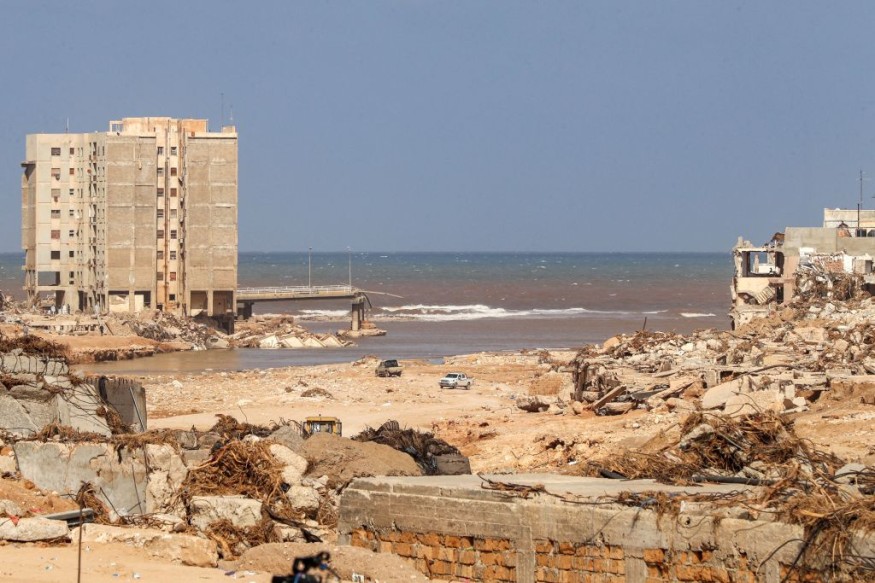
A recent study has indicated that carbon pollution resulted in the occurrence of torrential rains and massive floods in Greece and Libya.
Scientists said that the global heating has resulted in high levels of rainfall that caused massive destruction in the Mediterranean in early September.
According to the World Weather Attribution, the level, if measured, was up to 50 times more likely in Libya and up to 10 times more likely in Greece.
Human-induced climate change
The WWA said that researchers from Greece, the United States of America, the Netherlands, Germany and the United Kingdom have collaborated to assess the extent of human-induced climate change, which altered the likelihood and intensity of the heavy rainfall that later on led to massive floods.
Scientist said that to assess the role of climate change in the extreme weather events, they combine observation-based products and climate models as well as assess changes in the likelihood and intensity of a 1-in-10 year 4-day event over the larger region that encompasses Greece.
It includes parts of Türkiye and Bulgaria that were also impacted by flooding, as well as the 1-in-600 year 1-day maximum rainfall phenomenon that occurred in Libya.
"Studies focusing on extreme rainfall with future warming also show an increase in heavy rainfall, rendering it probable that the observed increase in heavy rainfall is indeed a trend due to climate change. For these reasons, we do not give a central estimate of the influence of climate change, as in previous studies, instead giving an upper-bound of the effect," the study indicated.
The study cited that in Greece, residents have experienced a summer of extreme heatwaves and fires, including the largest wildfire ever recorded in the European region. This was followed by Storm Daniel which caused massive devastation in the center of the country.
Scientists said that deforestation and relatively high rates of urbanization have altered the landscape over a long period of time. This later increases the number of people and assets exposed to floods as it also reduces stormwater drainage.
Meanwhile, in Libya, the volume of water as well as the overnight timing of the dam failures meant that anyone in the path of the waterflow has been placed at an increased risk and not just those who are typically highly vulnerable to floodwaters.
Furthermore, the ongoing conflict and state fragility in Libya compounded the effects of the flooding, and this has contributed to a lack of maintenance and the destruction of dam infrastructure over time that later increase the number of people who are at risk.
The instability in the country also limits the nationwide adaptation planning and coordination across the wide range of climate issues facing the country, such as water scarcity, the extreme weather and the heat and floods.
In Libya, it has not been clear on to what extent weather forecasts and warnings were communicated and received by the public. Further, it pointed out the challenge of needing to design and maintain infrastructure to ensure preparedness for future climate events.
Limitations
Researchers further cautioned that they could not completely rule out the possibility that climate change has not affected the likelihood and intensity of weather events.
Two main limitations in their statistical analysis were the insufficiency of the long-term data from local weather stations as well as the ability of climate models to represent rare extremes across small areas.
The scientists said that there are practical solutions that can help to prevent these disasters from becoming a routine such as strengthened emergency management, improved impact-based forecasts and warning systems, and infrastructure that is designed for future climate-related events.
Related Article : Storm Daniel Leaves Trail of Destruction in Greece, Turkey And Bulgaria; 14 Killed in Flash Floods
Related Video:
© 2025 NatureWorldNews.com All rights reserved. Do not reproduce without permission.





